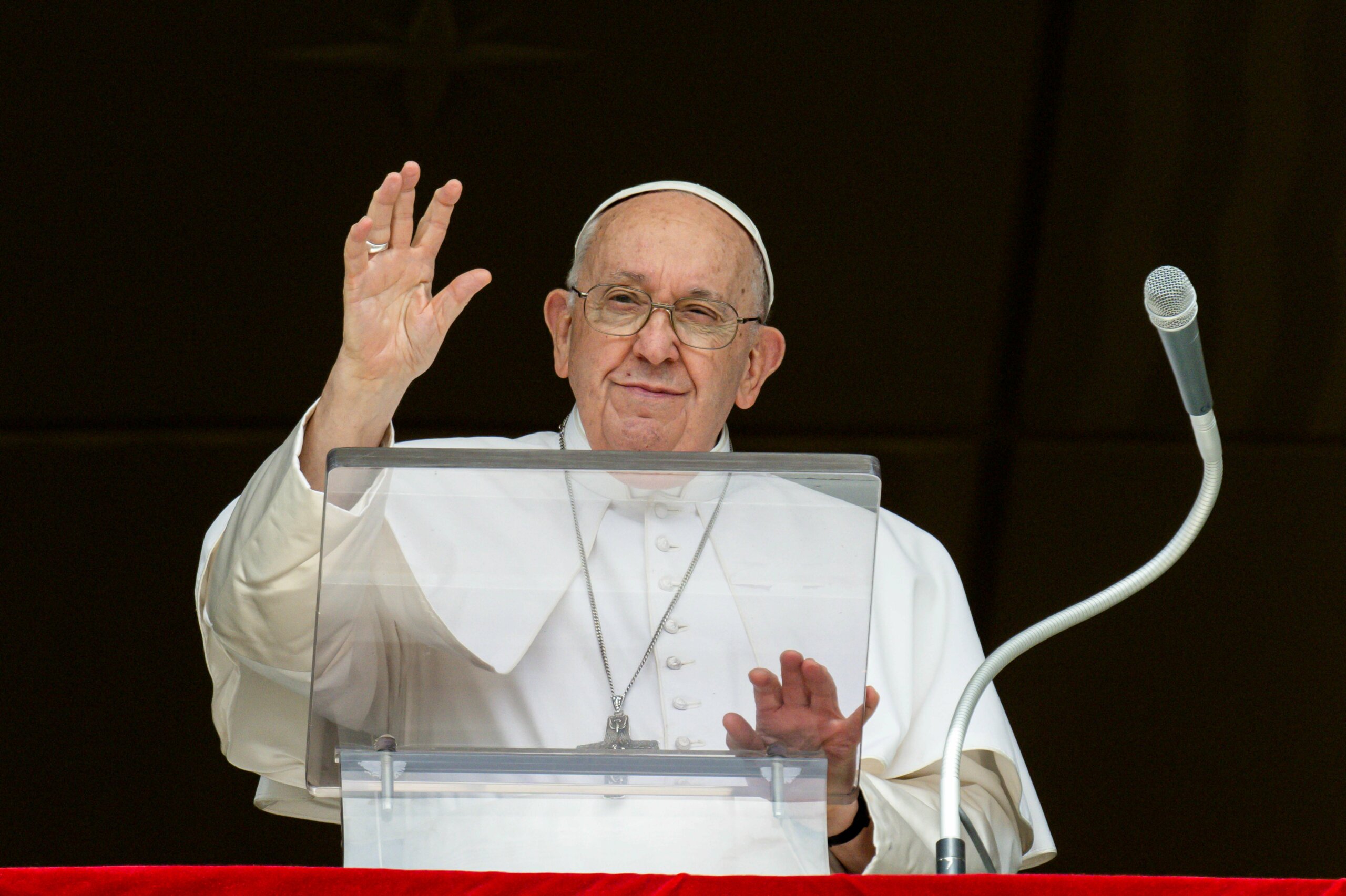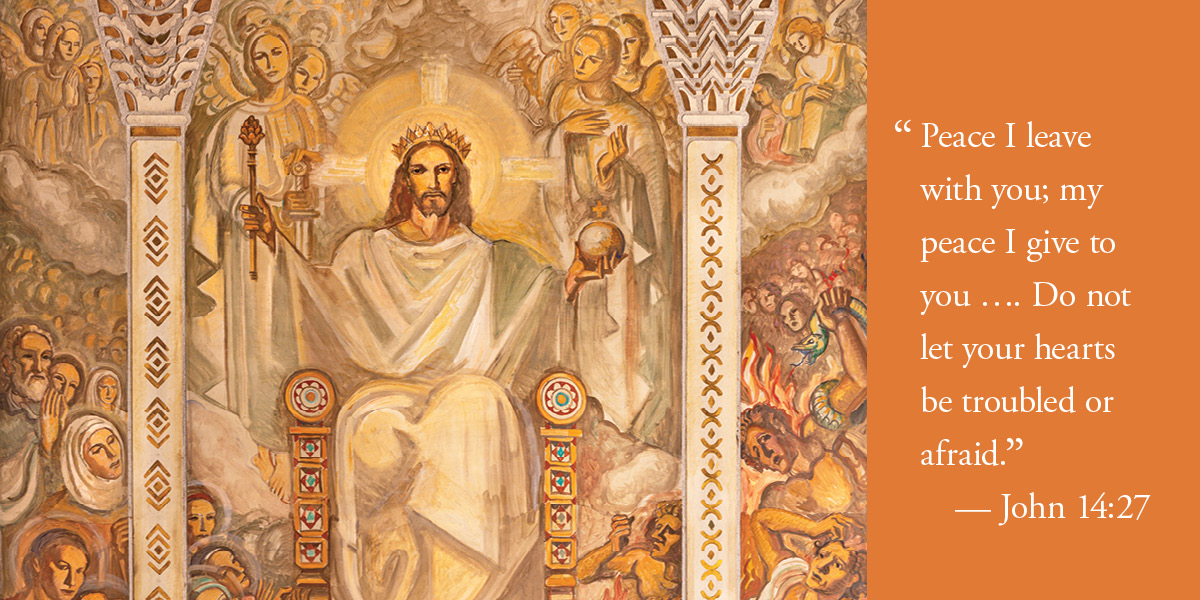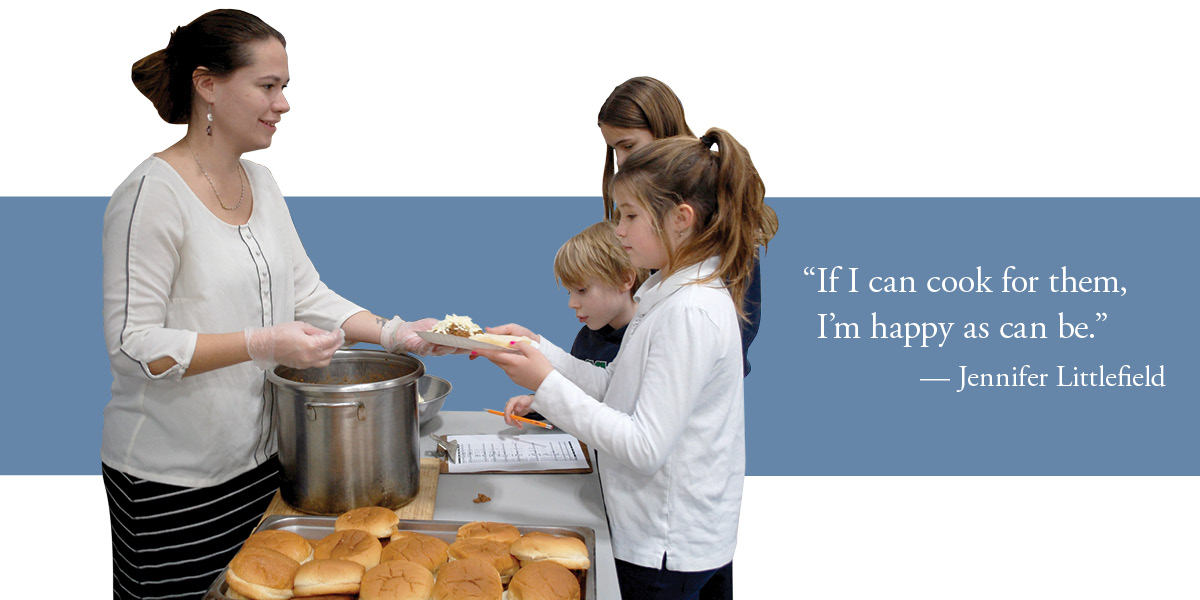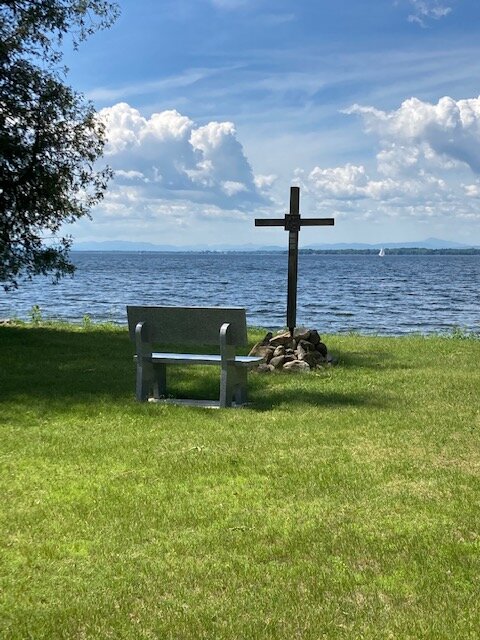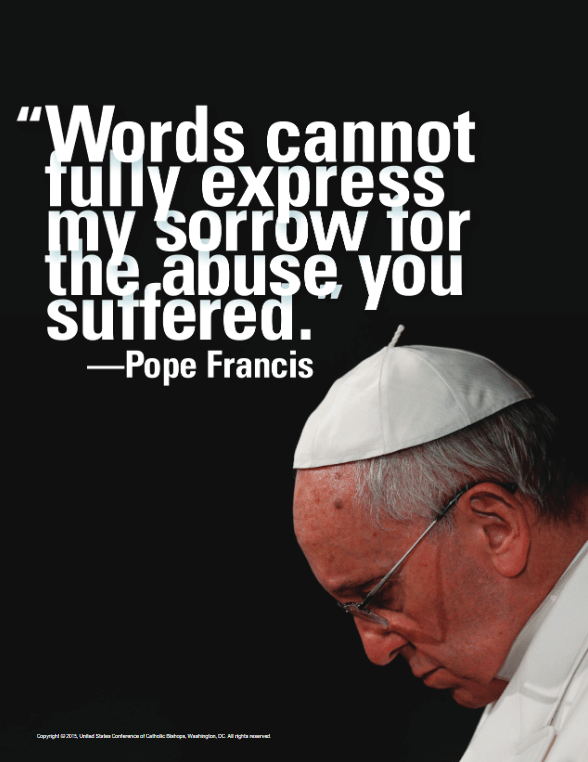We pray for peace a lot don’t we?
Next time you’re at Mass, listen for how many times the word “peace” is said, both in the prayers and in the readings. It’s quite frequent!
As Christians, we are disciples of the Prince of Peace, and we regularly invoke the aid of Our Lady Queen of Peace. St. Paul begins most of his epistles invoking the Lord’s peace on his audience. One of our most popular saints (Francis of Assisi) famously prayed: “Lord, make me an instrument of your peace.” A standard dismissal of any liturgical rite, be it Mass, the Liturgy of the Hours, or other devotion, when a priest or deacon is present is: “Go in peace.”
There’s a reason for all those prayerful supplications. To state the obvious, we’re a long way from the peace that we so ardently desire in our world and in ourselves. There is far too much that is not peaceful in our world. And we can be discouraged by so much of what we don’t have any control over.
Our Lord Himself tells us: “In the world you will have trouble …” acknowledging the lack of peace. But then He offers Himself that we might “have peace in me (Jesus)” (John 16:33).
At every Mass, we are offered His gift of peace. Every time we come before Him, we can seek to partake of His peace. We can allow ourselves to be filled with His peace. And what peace is that? The peace of restored union between us and God. Peace that restores the rupture caused by sin. Peace that He pours into open and disposed hearts. Peace that transcends the troubles that we all face.
It was this peace that our Lord offered on Easter Sunday when He appeared to the disciples (the first evangelizers) and twice says to them “Peace be with you” (John 20:19-23). Their external troubles in the world were not removed when they were given that peace. As John emphasizes, the doors were locked. And into this fearful atmosphere, steps the Lord, offering His peace.
Note again, this gift of peace didn’t materially change their circumstances. They still had reason to fear that what happened to Jesus at the hands of the authorities could happen to them (and indeed would eventually for most of them in their martyrdoms). But the most important thing had changed – the Lord had now restored peace between humanity and God.
The gates of heaven had been opened and the devil defeated. With that certainty, even amidst the dangers and trials of the present, fear was replaced by the peace of God. “Peace I leave with you; my peace I give to you …. Do not let your hearts be troubled or afraid” John 14:27 (Romans 8:31).
Interestingly the Catechism of the Catholic Church defines peace in three ways: a fruit of the Holy Spirit; a goal of Christian living; and via St. Augustine, “the tranquility of order.”
Even the order is interesting. It is first of all a “gift,” secondly it is an intentional goal of the Christian life, and finally, and largely as a result of the first two, it is tranquility in our world. Peace is not something we can attain on our own; and there is ample evidence throughout history of the folly of thinking that we can.
My goddaughter recently chose St. Francis of Assisi for her Confirmation saint. As a gift I got her a statue of St. Francis. It is a beautiful and peaceful depiction of the saint, surrounded by some animals, including the previously fearsome wolf of Gubbio. The statue also depicts the source of that peace, as St. Francis is depicted holding a crucifix and also has a rosary attached to his cincture. Furthermore, if you look at his hands, you’ll see a red mark on each, depicting the stigmata. For it was in Christ, and his complete communion with Christ, even in his sufferings, that Francis found peace and brought that peace to all those he encountered.
Instead of giving in to despair at the lack of peace, we can instead return to the source of peace; asking the Lord Jesus for that gift of peace to be bestowed on each of us, and from there let that peace flow out into our families, our work, our ministries, and the larger world. And as at every Mass we have the opportunity to be filled with the Prince of Peace, we rightly and joyfully “go in peace” to bring that same peace to all those we encounter.
—Deacon Phil Lawson is the executive director of pastoral ministries for the Diocese of Burlington. He can be reached at plawson@vermontcatholic.org.
—Originally published in the Spring 2024 issue of Vermont Catholic magazine.
